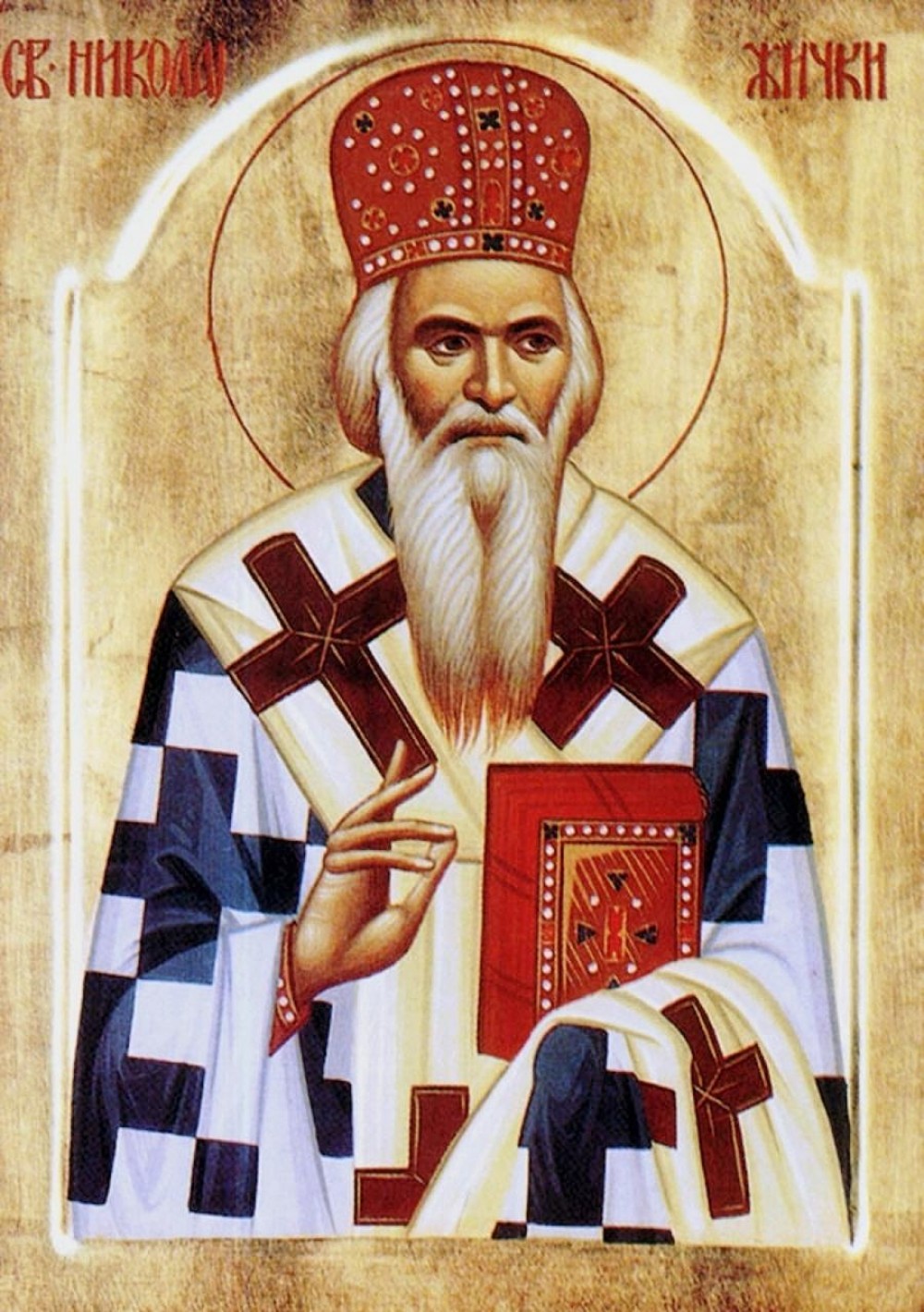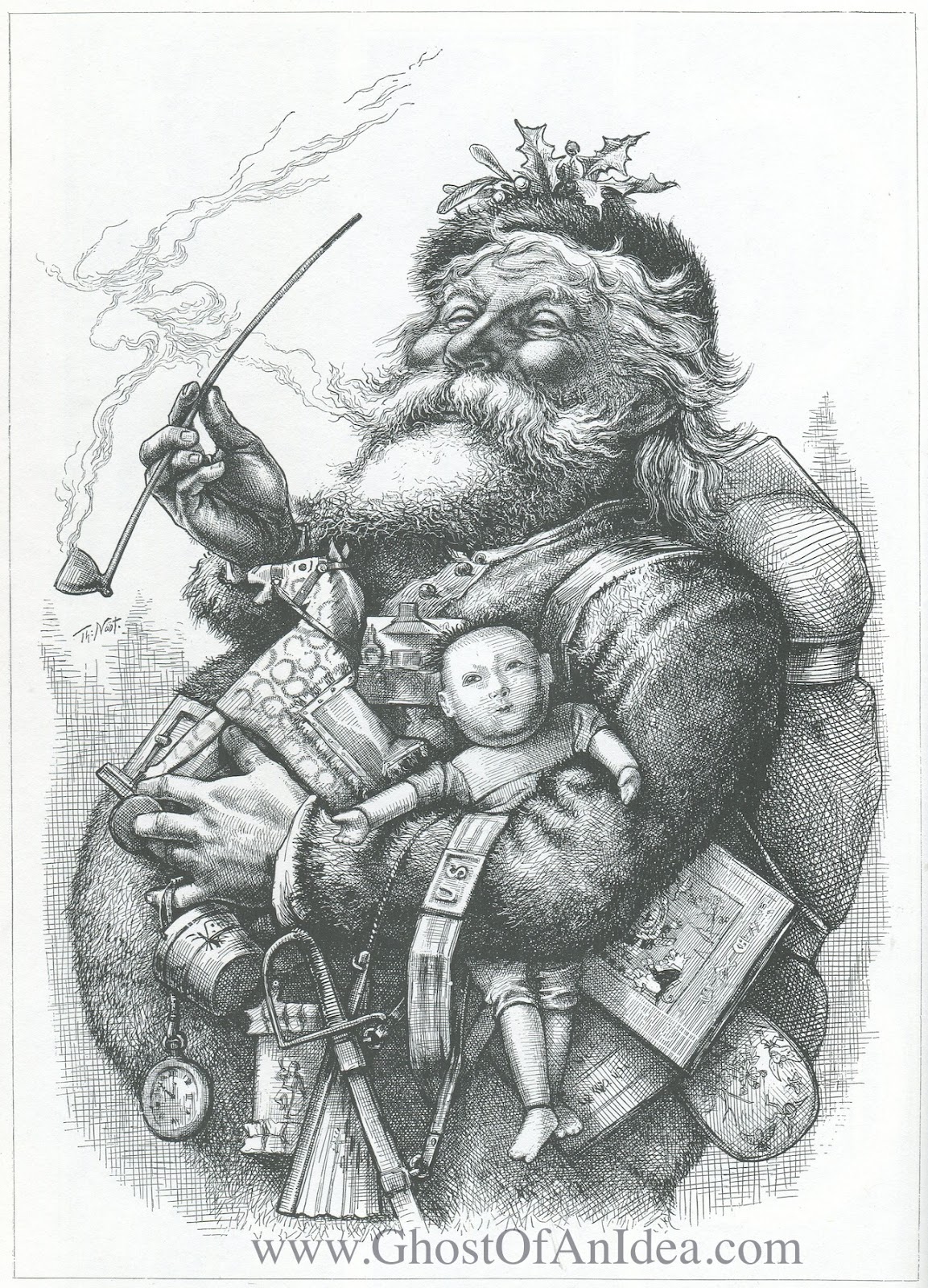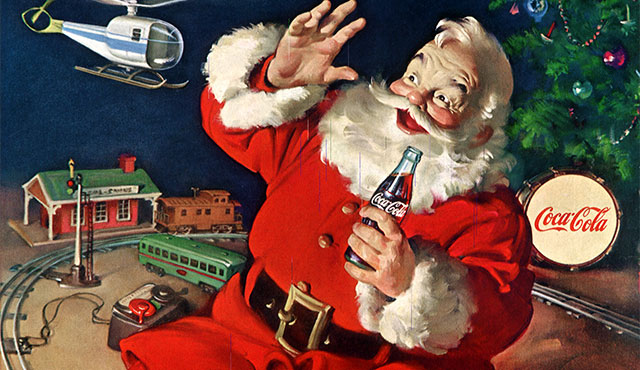The Santa Claus image that materialized in your mind as soon as you read the first three words of this sentence is part Turkish saint, part Dutch mashup, part literary invention, part cartoon and part soft drink pitchman, an amalgam of the sacred and the secular—and quintessentially American.
True to his saintly origins, throughout his evolution he’s always been known as a good guy, the undisputed champion of seasonal cheer, kindness and goodwill toward all. But all that additional iconography—the sleigh, the reindeer, the elves, the workshop at the North Pole—that came later.
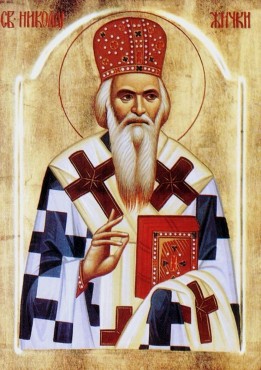
What came first was a kid born of wealthy parents during the third century in the village of Patara in what was then a Greek area but is now the southern coast of Turkey. The young Saint Nicholas took seriously Jesus’ exhortation to sell one’s possessions and give the money to the poor, and he did just that, using his considerable inheritance to assist the needy, the sick and the suffering. He became widely known for his extraordinary generosity and was made Bishop of Myra while still a young man. By the time he died in 343 he also had developed a reputation as a protector of children.
Nicholas’ feast day, Dec. 6, became widely popular throughout the Europe of the Middle Ages. However, the celebrations fell out of favor after the Protestant Reformation in most countries apart from Holland. In Belgium and Holland in later years the saint would arrive via ship from Spain and would ride a huge white horse through the air on his gift-giving rounds. In Holland, children traditionally left carrots and hay in their shoes for the horse, in hopes that Nicholas would leave small gifts in exchange.
It is often said that the Dutch introduced the figure who world become Santa Claus to the New World. When the first Dutch settlers arrived, Saint Nicholas—Sinterklaas in Dutch—came with them.
After the American Revolution the author Washington Irving becam
e the first person to assign a persona to Saint Nicholas that was at variance with his roots as a bishop. In his book, “Knickerbocker’s History of New York,” Irving concocted a portrait of what one source has called “an elfin Dutch burgher with a clay pipe.” In 1821 the first lithographed book in America, the “Children’s Friend,” depicted a character called Sante Claus arriving from the north in a sleigh pulled by flying reindeer.
Two years later a quantum leap was made toward the modern interpretation of Santa Claus with the publication of Clement Moore’s hugely popular 56-line poem, “A Visit from St. Nicholas”—now better known as “The Night Before Christmas.” The long-enduring poem offered for the first time a highly detailed description of what the Christmas Eve visitor looked like, from physique to clothing to the famous white beard. During the Civil War, the celebrated editorial cartoonist Thomas Nast further refined the look of Santa Claus, using Irving’s and Moore’s portrayals as foundations.
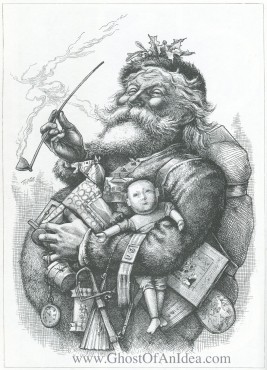
It wasn’t until 1931, however, that the image of Saint Nicholas was brought into focus, apparently for good, as the modern Santa Claus. Recognizably modern versions of Santa had been created by N.C. Wyeth, J.C. Leyendecker, Norman Rockwell and other illustrators, but it fell to a Michigan-born artist named Haddon Sundblom, who was assigned to create expressive paintings of Santa for the Coca-Cola Company, to put a repetitive and highly distinctive stamp on the image in advertisements over the course of 33 years.
The Santa evolution is apparently complete, but it hasn’t run out of irony. While in America Santa Claus often is used as a shill for everything from cars to cigarettes (he appeared in long-ago ads for Pall Malls, Lucky Strikes and Camels), but back in Europe, where he dropped off the A list in the distant past, he appears to be making a comeback. According to stnicholascenter.org, a website dedicated to Saint Nicholas and his history and influence, the belief in Europe that Santa Claus is having an “Americanizing” effect on the celebration of Christmas has gained traction.
According to the website, “People in the Netherlands, Belgium, Germany, Austria and the Czech Republic spoke out as they felt their Saint Nicholas customs were under threat from American Santa Claus… In reaction to this American cultural imperialism, action movements developed to support, strengthen, or return to traditional customs, food, and gift-givers.”
Welcome back, Saint Nick.

